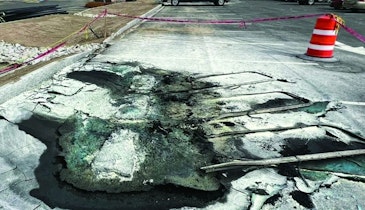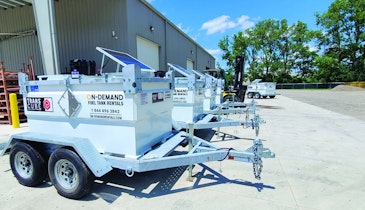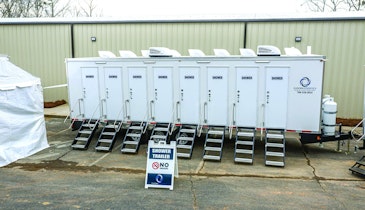Interested in Business?
Get Business articles, news and videos right in your inbox! Sign up now.
Business + Get AlertsIn the fast-paced world of utility construction, where precision and efficiency are important, the role of office software in project management cannot be overstated. From project planning to resource allocation, communication and documentation, software tools have become invaluable assets.
However, their effectiveness heavily relies on one crucial aspect — regular updates.
Running base camps and recovery construction projects involve planning, coordination and execution. Project managers, engineers and other stakeholders rely on office software for many tasks, including project scheduling, budgeting, resource management and collaboration.
As the industry continues to evolve with technological advancements, software developers consistently release updates to address security vulnerabilities, enhance features and improve overall performance.
ENHANCING SECURITY MEASURES
In an era where cyber threats are becoming more sophisticated, maintaining the security of sensitive project data is needed.
Outdated software is a prime target for hackers as it may have unpatched vulnerabilities that can be exploited. This poses a significant risk to the confidentiality and integrity of project-related information.
Regular software updates ensure that security patches are applied promptly, minimizing the risk of data breaches and unauthorized access.
UNLEASHING NEW FEATURES AND CAPABILITIES
Software developers are continually innovating to meet the evolving needs of industries such as utility construction. Updates often bring new features and capabilities that can significantly improve workflow efficiency.
For instance, the latest project management software might introduce new scheduling or collaboration tools, allowing project teams to work more cohesively.
STREAMLINING COLLABORATION
Effective collaboration is the cornerstone of successful construction projects. Office software plays a pivotal role in communication and collaboration among team members, whether they are working on-site or remotely.
Updates often include improvements to communication features, real-time collaboration tools, and integrations with other commonly used software. Keeping these tools updated ensures that project teams can collaborate seamlessly, sharing information and making decisions in a timely manner.
BEST PRACTICES FOR STAYING UPDATED
In order to ensure your company isn’t falling behind on software updates, there are simple things that can be implemented:
1. Establish a software update policy: Create a clear policy outlining the frequency and process for software updates. This policy should be communicated to all team members, emphasizing the importance of staying current with the latest software versions.
2. Regularly check for updates: Encourage team members to regularly check for software updates. This includes computers, laptops and cellphones. Many applications have automatic update features that can be enabled, ensuring that users receive the latest updates without manual intervention.
3. Test updates in a controlled environment: Before deploying updates across the entire team, conduct testing in a controlled environment to identify any potential compatibility issues or bugs. This proactive approach helps minimize disruptions to ongoing projects.
4. Provide training on new features: When significant updates are released, provide training sessions to familiarize team members with new features and capabilities. This ensures that the team can leverage the full potential of the updated software.
5. Backup data before updates: As a precautionary measure, instruct team members to backup critical project data before performing software updates. This minimizes the risk of data loss in the event of unexpected issues during the update process.
In the demanding landscape of disaster relief, staying ahead requires leveraging the full potential of technological tools. Office software is the backbone of project management, communication and collaboration.
Regularly updating this software is not just a best practice — it’s a strategic imperative.






